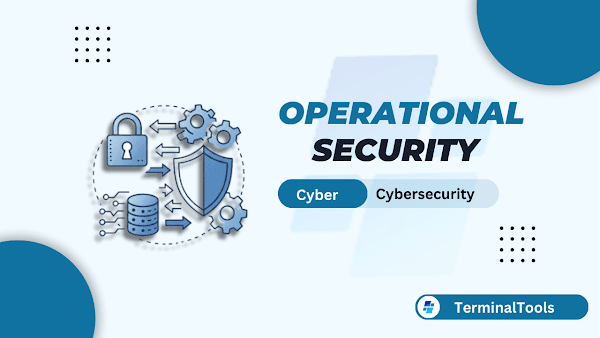Top 6 Cloud Data Migration Mistakes and How to Avoid Them
Migrating to the cloud is essential for any organization, offering benefits like increased flexibility, cost savings, and scalability. However, many organizations make common mistakes during the process, which often lead them to unwanted delays, unexpected costs, and security risks. Having worked with numerous clients at Bacancy, we have seen these mistakes that can easily derail cloud data migration projects. In this article, I will highlight the top 6 cloud data migration mistakes and provide practical strategies for avoiding them. With years of experience guiding organizations through successful cloud migrations, Bacancy’s team has developed proven solutions to ensure smooth and effective transitions. 6 Key Cloud Data Migration Mistakes (With Proven Solutions to Avoid Them) Read more as we cover the six common cloud data migration mistakes in detail. We will also share the proven solutions we use at Bacancy to help our clients avoid these mistakes and make their cloud data migration smooth and successful. 1. Skipping the Planning Stage Jumping straight into cloud migration without a solid plan is like setting off on a road trip without a map. You might end up in a place you did not expect – or even worse, somewhere you did not want to be. How to Avoid It: Before you even start the migration process, take time to develop a detailed migration plan. This plan should cover: A timeline with clear milestones. Resource allocation: Who’s doing what? A risk management plan to handle any challenges along the way. How Bacancy Does It: At Bacancy, we start every migration project with a comprehensive discovery phase. This phase helps us learn about your business, understand the type of data you have, and understand what you hope to achieve with your cloud migration. We then create a tailored cloud migration strategy outlining every process step, timelines, resources, and risk mitigation strategies. 2. Underestimating the Complexity of Your Data It’s easy to think of cloud migration as simply “moving files from A to B.” But most organizations deal with complex data sets, including applications, databases, and sensitive information. Underestimating this complexity can result in many major issues later on. How to Avoid It: Assess your data thoroughly: Look at how your data is structured and its interdependencies. Prioritize your data: Don’t move everything at once. Start with what’s most important or least complex. Use cloud migration tools that are designed to handle complex data and structures. Many cloud providers offer specialized tools to make this process smoother. How Bacancy Does It: At Bacancy, we don’t just rush in and start migrating. We first map your data landscape, identifying the dependencies and categorizing the data based on priority and complexity. We use specialized migration tools and the latest cloud technologies to ensure we are moving the correct data in the most efficient way possible. 3. Overlooking Security and Compliance Needs The cloud is convenient, but it is also a big target for cyber threats. Not taking security seriously, or forgetting about compliance regulations, can put your data (and your business) at serious risk. How to Avoid It: Implement encryption for data in transit and at rest. Make sure your cloud provider is aligned with industry-specific compliance standards like GDPR, HIPAA, or PCI DSS. Consult with security and compliance experts from the start to avoid any surprises later down the line. How Bacancy Does It: We place security and compliance at the core of every migration project. From the beginning, our cloud data security experts work alongside our clients to implement industry-leading security measures like encryption, access controls, and regular compliance audits. We ensure that your data is safe during migration and remains compliant with industry standards post-migration. 4. Not Testing the Migration First Trying to move everything all at once without testing can lead to serious problems, such as data corruption or system downtime. Testing in smaller, controlled stages helps identify issues before they become major problems. How to Avoid It: Run a pilot migration: Move a small, non-critical data set first. This strategy will help you spot potential problems without risking everything. Check everything: Make sure your data looks right, your applications are running as expected, and there are no performance issues. Once you’re sure the pilot went well, move on to the larger migration with more confidence. How Bacancy Does It: We don’t believe in “one-size-fits-all” migrations. Bacancy employs a phased migration approach, where we run pilot tests with small, non-critical data sets before migrating the entire infrastructure. This practice allows us to identify any issues early, ensuring that the da
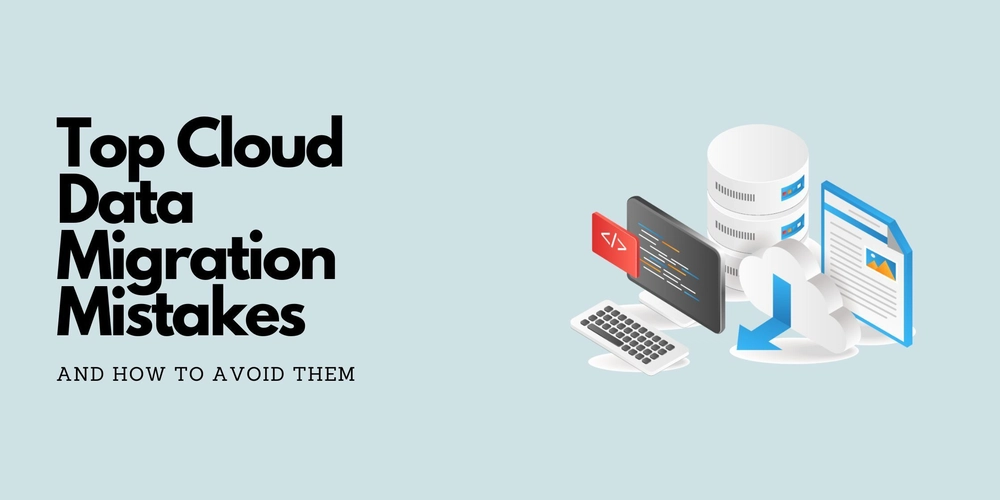
Migrating to the cloud is essential for any organization, offering benefits like increased flexibility, cost savings, and scalability. However, many organizations make common mistakes during the process, which often lead them to unwanted delays, unexpected costs, and security risks.
Having worked with numerous clients at Bacancy, we have seen these mistakes that can easily derail cloud data migration projects. In this article, I will highlight the top 6 cloud data migration mistakes and provide practical strategies for avoiding them. With years of experience guiding organizations through successful cloud migrations, Bacancy’s team has developed proven solutions to ensure smooth and effective transitions.
6 Key Cloud Data Migration Mistakes (With Proven Solutions to Avoid Them)
Read more as we cover the six common cloud data migration mistakes in detail. We will also share the proven solutions we use at Bacancy to help our clients avoid these mistakes and make their cloud data migration smooth and successful.
1. Skipping the Planning Stage
Jumping straight into cloud migration without a solid plan is like setting off on a road trip without a map. You might end up in a place you did not expect – or even worse, somewhere you did not want to be.
How to Avoid It:
Before you even start the migration process, take time to develop a detailed migration plan. This plan should cover:
- A timeline with clear milestones.
- Resource allocation: Who’s doing what?
- A risk management plan to handle any challenges along the way.
How Bacancy Does It:
At Bacancy, we start every migration project with a comprehensive discovery phase. This phase helps us learn about your business, understand the type of data you have, and understand what you hope to achieve with your cloud migration.
We then create a tailored cloud migration strategy outlining every process step, timelines, resources, and risk mitigation strategies.
2. Underestimating the Complexity of Your Data
It’s easy to think of cloud migration as simply “moving files from A to B.” But most organizations deal with complex data sets, including applications, databases, and sensitive information. Underestimating this complexity can result in many major issues later on.
How to Avoid It:
- Assess your data thoroughly: Look at how your data is structured and its interdependencies.
- Prioritize your data: Don’t move everything at once. Start with what’s most important or least complex.
Use cloud migration tools that are designed to handle complex data and structures. Many cloud providers offer specialized tools to make this process smoother.
How Bacancy Does It:
At Bacancy, we don’t just rush in and start migrating. We first map your data landscape, identifying the dependencies and categorizing the data based on priority and complexity. We use specialized migration tools and the latest cloud technologies to ensure we are moving the correct data in the most efficient way possible.
3. Overlooking Security and Compliance Needs
The cloud is convenient, but it is also a big target for cyber threats. Not taking security seriously, or forgetting about compliance regulations, can put your data (and your business) at serious risk.
How to Avoid It:
- Implement encryption for data in transit and at rest.
- Make sure your cloud provider is aligned with industry-specific compliance standards like GDPR, HIPAA, or PCI DSS.
- Consult with security and compliance experts from the start to avoid any surprises later down the line.
How Bacancy Does It:
We place security and compliance at the core of every migration project. From the beginning, our cloud data security experts work alongside our clients to implement industry-leading security measures like encryption, access controls, and regular compliance audits. We ensure that your data is safe during migration and remains compliant with industry standards post-migration.
4. Not Testing the Migration First
Trying to move everything all at once without testing can lead to serious problems, such as data corruption or system downtime. Testing in smaller, controlled stages helps identify issues before they become major problems.
How to Avoid It:
- Run a pilot migration: Move a small, non-critical data set first. This strategy will help you spot potential problems without risking everything.
- Check everything: Make sure your data looks right, your applications are running as expected, and there are no performance issues.
Once you’re sure the pilot went well, move on to the larger migration with more confidence.
How Bacancy Does It:
We don’t believe in “one-size-fits-all” migrations. Bacancy employs a phased migration approach, where we run pilot tests with small, non-critical data sets before migrating the entire infrastructure. This practice allows us to identify any issues early, ensuring that the data migration runs smoothly when we scale up to the full migration.
5. Forgetting About Post-Migration Monitoring
Many companies think the job is done once the migration is over. But cloud environments require ongoing monitoring to ensure efficient and secure operation.
How to Avoid It:
- Monitor your cloud environment regularly: Use cloud monitoring tools to check storage usage, network performance, and security.
- Look at usage reports to spot any areas where you might be overspending.
- Optimize your resources over time: Resize storage or compute resources as needed.
How Bacancy Does It:
At Bacancy, we don’t just set up the migration and forget. Once migration is complete, we use cloud monitoring tools to track performance, security, and costs continuously. We also help our clients with tailored cloud data management by adjusting cloud resources and ensuring they only pay for what they need.
6. Ignoring Data Governance and Ownership
Once your data is in the cloud, it’s easy to lose track of who owns what and who manages it. This can lead to confusion about who has access to sensitive data and how it is being protected.
How to Avoid It:
- Set up clear policies for cloud data governance. Assign the responsibility of managing and securing data to a trusted person or team.
- Make sure you have proper access controls in place so that only authorized people can access sensitive information.
- Regularly review and update data policies as your organization grows and your data needs change.
How Bacancy Does It:
Bacancy works with you to set up robust data governance frameworks tailored to your organization's needs. We ensure that ownership is clear, proper access control measures are in place, and take care of compliance with data regulations. We also provide regular audits and data governance reviews to keep everything on track.
Conclusion
By following the solutions above, you can avoid the common cloud data migration mistakes that many businesses make. With the right planning, a good understanding of your data, a focus on security, and thorough testing, you can ensure a smooth move to the cloud.
However, if you feel that managing the details of cloud data migration seems overwhelming, Bacancy is here to help. With our cloud data services, we’ve supported many businesses through their migrations, making sure everything goes smoothly and securely.


















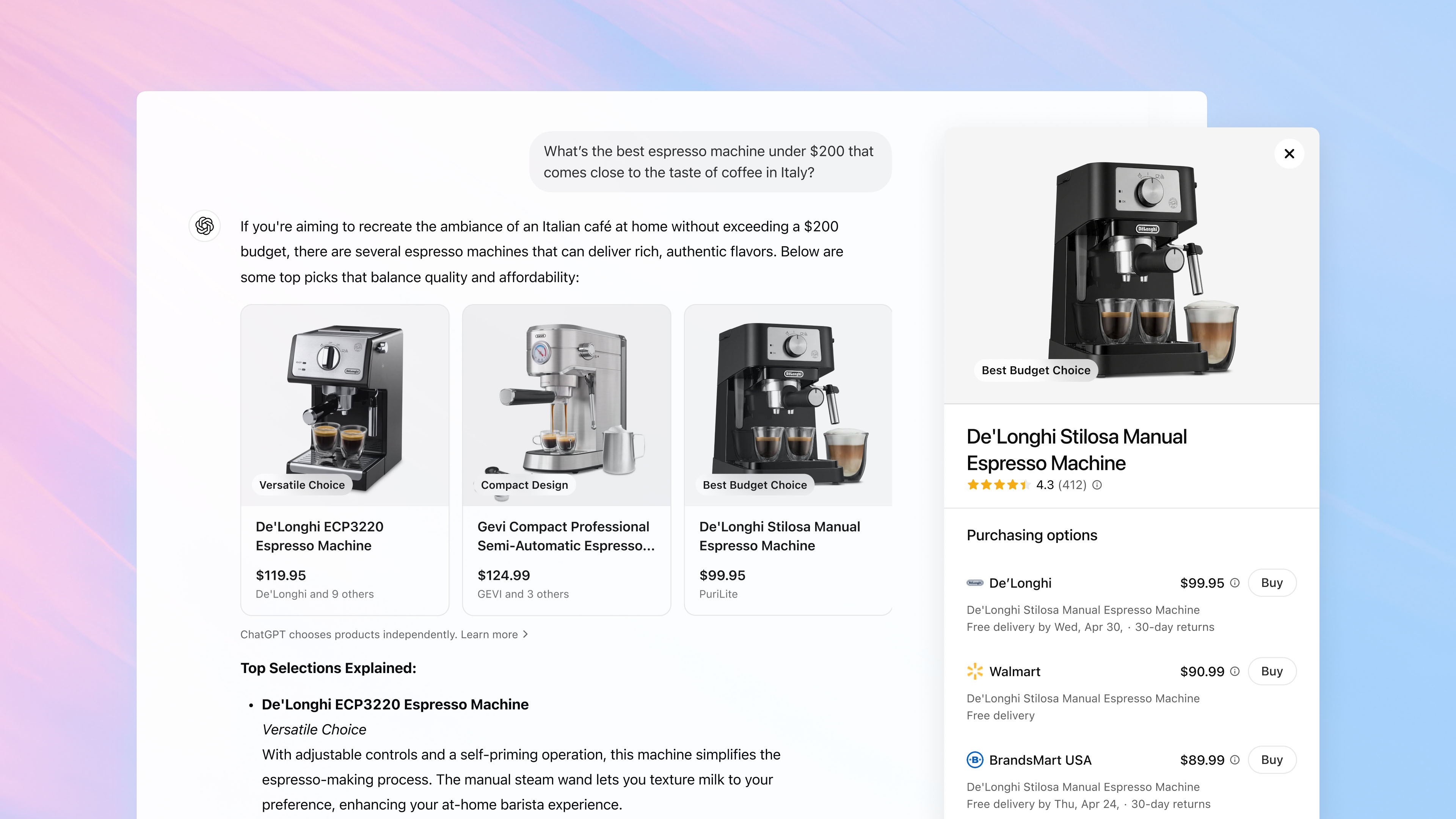






























.jpg)
















































































































![[The AI Show Episode 143]: ChatGPT Revenue Surge, New AGI Timelines, Amazon’s AI Agent, Claude for Education, Model Context Protocol & LLMs Pass the Turing Test](https://www.marketingaiinstitute.com/hubfs/ep%20143%20cover.png)















































































































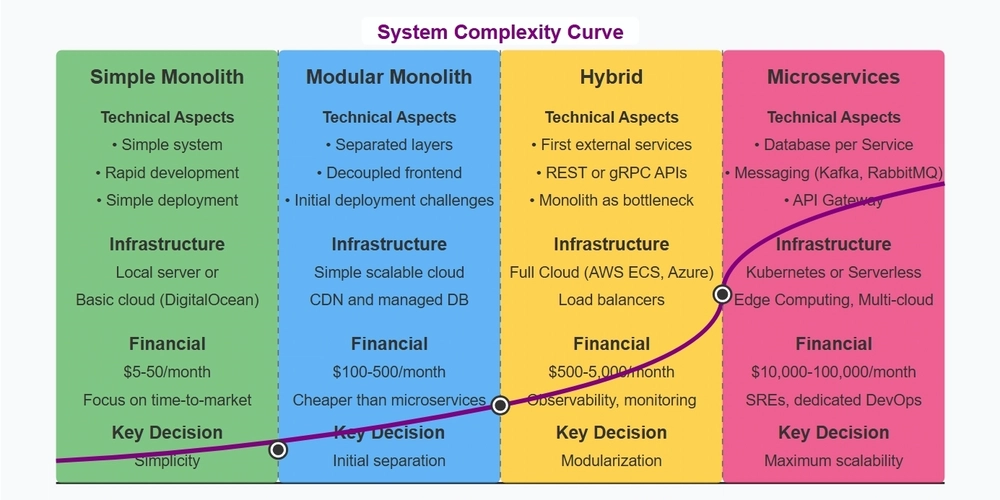
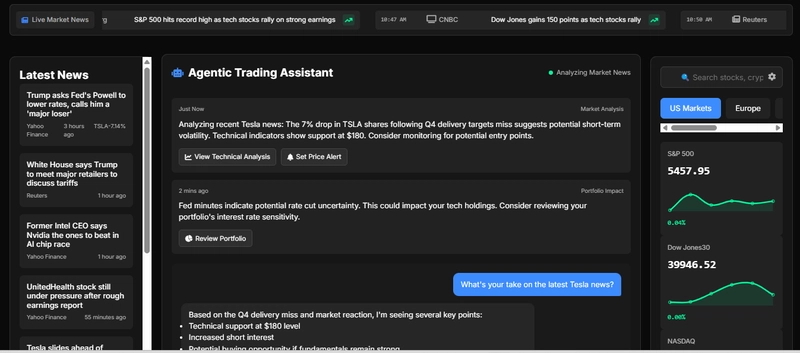
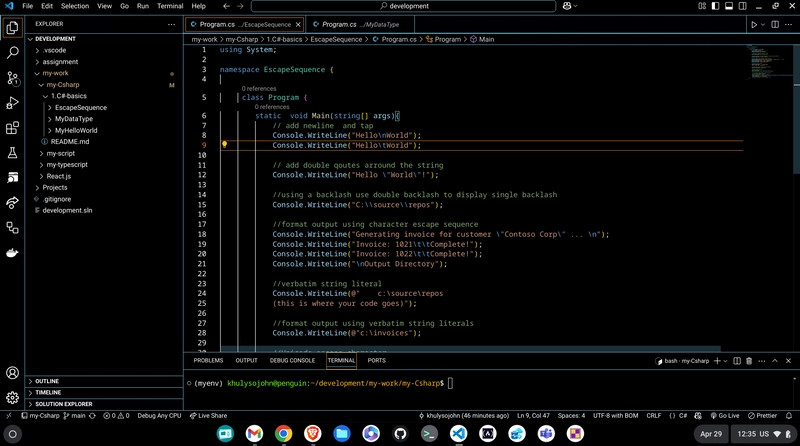






























































.jpg?#)
































































.png?width=1920&height=1920&fit=bounds&quality=70&format=jpg&auto=webp#)
.png?width=1920&height=1920&fit=bounds&quality=70&format=jpg&auto=webp#)


























_Muhammad_R._Fakhrurrozi_Alamy.jpg?width=1280&auto=webp&quality=80&disable=upscale#)


























































































![macOS 15.5 beta 4 now available for download [U]](https://i0.wp.com/9to5mac.com/wp-content/uploads/sites/6/2025/04/macOS-Sequoia-15.5-b4.jpg?resize=1200%2C628&quality=82&strip=all&ssl=1)
















![AirPods Pro 2 With USB-C Back On Sale for Just $169! [Deal]](https://www.iclarified.com/images/news/96315/96315/96315-640.jpg)
![Apple Releases iOS 18.5 Beta 4 and iPadOS 18.5 Beta 4 [Download]](https://www.iclarified.com/images/news/97145/97145/97145-640.jpg)
![Apple Seeds watchOS 11.5 Beta 4 to Developers [Download]](https://www.iclarified.com/images/news/97147/97147/97147-640.jpg)
![Apple Seeds visionOS 2.5 Beta 4 to Developers [Download]](https://www.iclarified.com/images/news/97150/97150/97150-640.jpg)






































![Apple Seeds Fourth Beta of iOS 18.5 to Developers [Update: Public Beta Available]](https://images.macrumors.com/t/uSxxRefnKz3z3MK1y_CnFxSg8Ak=/2500x/article-new/2025/04/iOS-18.5-Feature-Real-Mock.jpg)
![Apple Seeds Fourth Beta of macOS Sequoia 15.5 [Update: Public Beta Available]](https://images.macrumors.com/t/ne62qbjm_V5f4GG9UND3WyOAxE8=/2500x/article-new/2024/08/macOS-Sequoia-Night-Feature.jpg)

























































